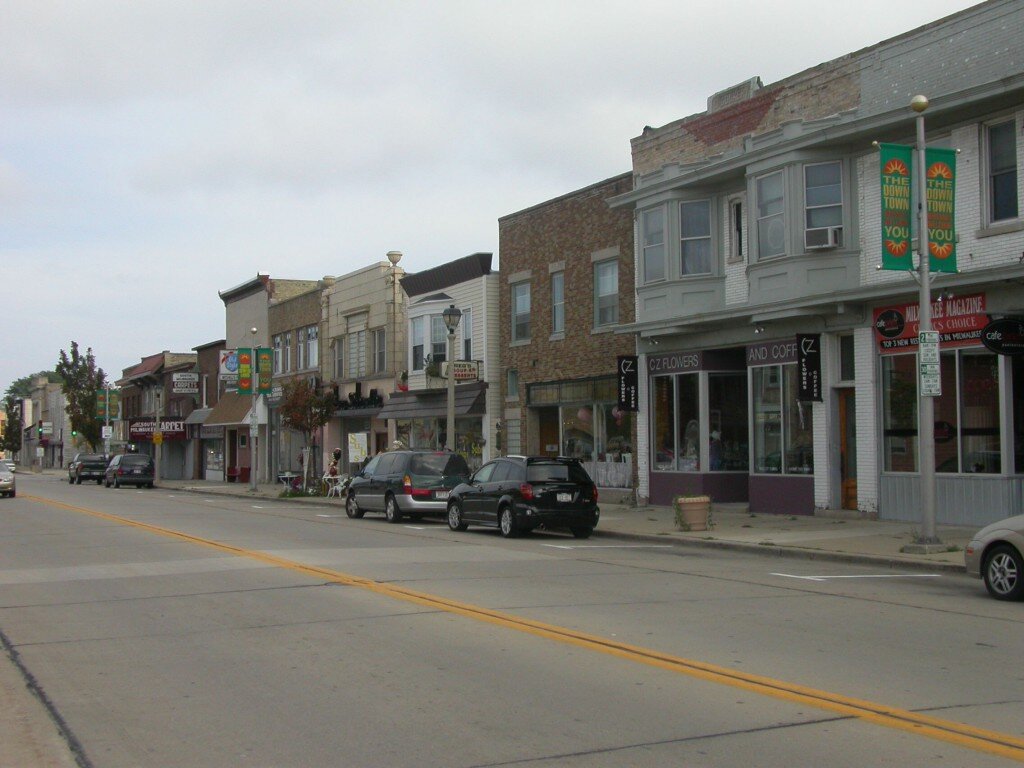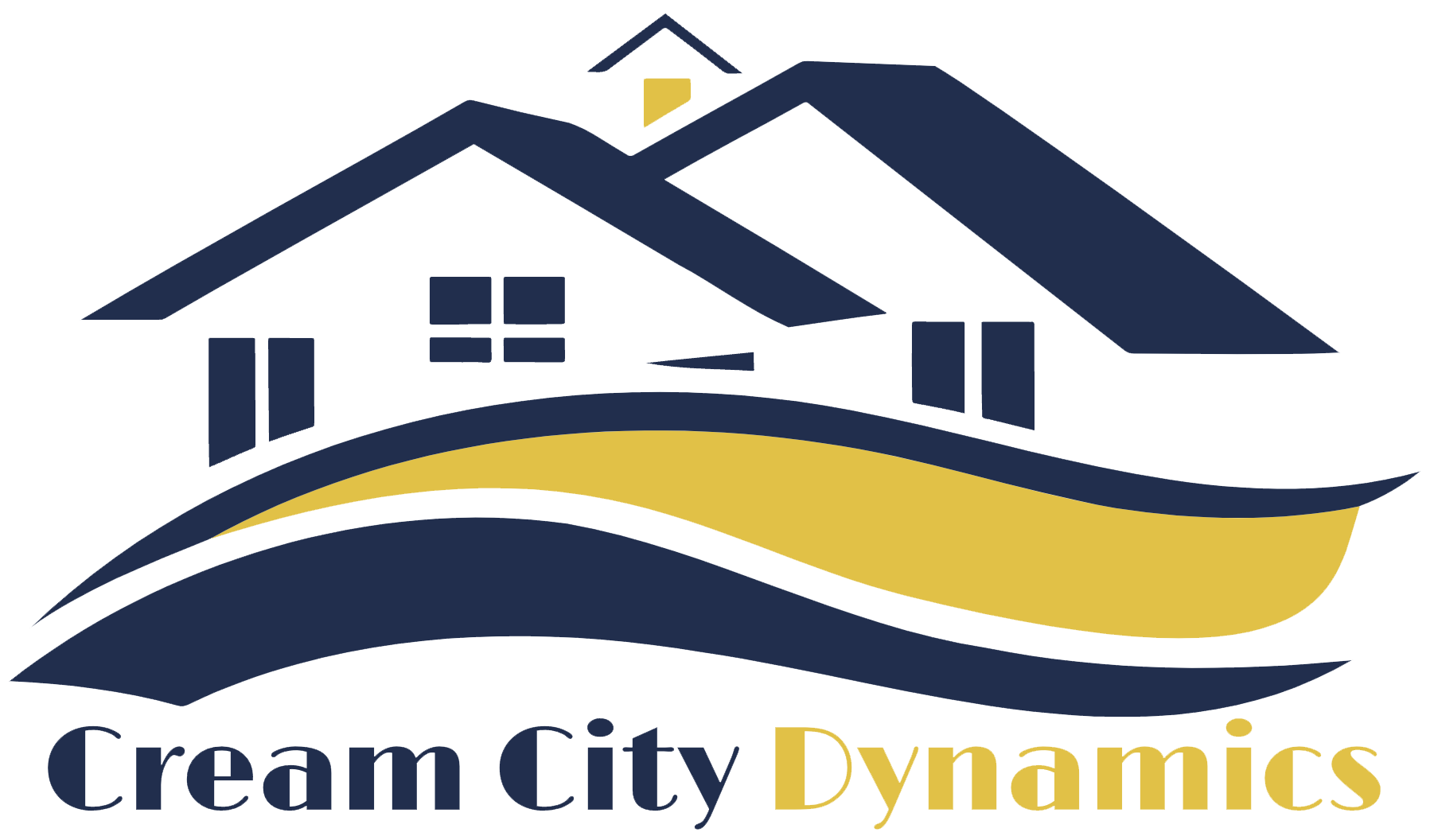
Selling in West Allis wildfire areas presents a unique challenge for homeowners, even though West Allis isn’t typically considered a wildfire hotspot like areas in the western U.S. However, environmental shifts have increased awareness about fire danger across the Midwest. Higher temperatures, prolonged dry spells, and dense vegetation in certain neighborhoods can elevate fire risk. Some homeowners in West Allis may now find themselves in areas newly designated as high-risk by insurers or city planning maps, especially near parks or green spaces. As a result, selling in West Allis wildfire areas now requires additional preparation, awareness, and strategic marketing to reassure potential buyers and successfully close a sale.
When it comes time to sell, buyers and inspectors may evaluate your home differently simply because of its location or recent local fire incidents. Understanding how wildfire history—or even proximity—affects buyer perception is crucial in preparing your home for sale. Proactively addressing concerns and preparing your property can make a big difference in achieving a successful transaction.
How Wildfire History Affects Home Value
One of the most significant challenges when selling in West Allis wildfire areas is how wildfire exposure, whether direct or nearby, can influence your property’s market value. Homes that have been damaged by fire, experienced heavy smoke exposure, or were within evacuation zones may see an impact on buyer interest and appraised value. Buyers are naturally concerned about potential hidden damage, structural integrity, or future risk.
If your property has never been directly affected, but sits near a zone where a recent fire occurred, it may still carry a stigma. In today’s cautious market, homes with any perceived risk can take longer to sell or require price reductions. To combat this, you’ll want to show buyers the steps you’ve taken to maintain, restore, and protect your property. Fire mitigation improvements, professional inspections, and insurance documentation can go a long way in restoring buyer confidence.
Disclosures and Legal Responsibilities for Sellers
Transparency is non-negotiable when selling in West Allis wildfire areas. Wisconsin law mandates that sellers disclose any known material defects, including prior fire or smoke damage. This includes repairs you’ve made, insurance claims you’ve filed, or any damage not yet repaired. Additionally, if your property is in a high-risk wildfire zone or has been subject to a wildfire mitigation inspection by local authorities, you may be required to disclose this as well.
Providing complete and honest disclosures helps avoid post-sale legal disputes and builds trust with potential buyers. It’s also a good idea to include a written explanation of any fire-related events and subsequent repairs, including dates and the names of licensed contractors who completed the work. Having documentation ready during the showing and negotiation process makes you appear proactive and honest—qualities every buyer appreciates.
Fire Mitigation Strategies That Add Real Value
Investing in fire mitigation is one of the smartest steps you can take when selling in West Allis wildfire areas. These improvements not only make your home safer but also more attractive to prospective buyers. Key upgrades include installing Class A fire-rated roofing, replacing wooden siding with fiber cement or stucco, enclosing eaves and vents, and creating “defensible space” around the property by clearing flammable vegetation at least 30 feet from structures.
Buyers today are more aware than ever of disaster preparedness, and homes that reflect this awareness stand out in the market. You can also point to mitigation steps as a reason your insurance is affordable or why your property is safer than others nearby. In listing descriptions and showings, don’t hesitate to showcase these upgrades as selling points. They reflect pride of ownership and demonstrate that the home is ready for the future.
Navigating Insurance Challenges in Wildfire Zones
Another factor to consider when selling in West Allis wildfire areas is homeowners insurance. Buyers may hesitate if they think the property is uninsurable or if premiums are unusually high. Even though your area may have minimal fire incidents, insurance companies increasingly use algorithms that flag entire ZIP codes or municipalities based on regional fire risk.
To stay ahead of this, contact your insurer or shop around for competitive quotes that you can share with buyers. Showing that the home is not only insurable but already covered under an affordable plan can ease their concerns. If possible, obtain quotes from multiple providers and make them available at showings. This simple step can be the difference between a buyer walking away or making an offer.
Should You Repair Fire Damage or Sell As-Is?
If your home has suffered damage from a wildfire—whether due to flames, smoke, or water used during fire suppression—you’ll need to decide whether to repair it before selling or offer it as-is. Selling in West Allis wildfire areas often depends on your financial position and timeline. Repairs can restore value and widen your buyer pool, but they also cost time and money. If you’re already insured, some of these costs may be covered.
On the other hand, selling as-is to a cash buyer may be a better route if you want to avoid the hassle of contractors, permits, or waiting. Many local real estate investors specialize in buying fire-damaged homes, and they’ll often handle repairs themselves. You may receive a slightly lower offer, but the sale process is usually fast, simple, and requires no additional out-of-pocket costs on your end.
Preparing and Staging Your Home Post-Wildfire
If your home has already been repaired or wasn’t directly affected by a nearby fire, you’ll still want to take extra care in preparing it for the market. Selling in West Allis wildfire areas requires thoughtful presentation to shift buyer focus from worry to opportunity. A freshly painted interior, clean air filters, and a deep cleaning to remove any lingering smoke odors will go a long way.
Professional staging can also help accentuate the home’s strengths—like open layouts, upgraded kitchens, or spacious yards. Use your listing description to highlight safety upgrades, and offer a short fire-history summary that reassures buyers. If your property is near open space, position it as a desirable, natural setting—while also noting your fire-safe improvements.
Working With the Right Real Estate Agent
Selling in wildfire areas demands the expertise of a real estate agent familiar with fire-affected zones. You’ll want someone who understands local building codes, insurance conversations, and buyer psychology around disaster-related properties. A qualified agent will know how to price your home realistically, market it transparently, and handle questions about fire history with confidence.
Ask potential agents for examples of homes they’ve sold in disaster-affected zones. A good agent will already have connections with appraisers, inspectors, and buyers who are open to properties with a history. They can also help you weigh the pros and cons of selling traditionally vs. to a cash buyer, depending on your goals and timeline.
Selling Quickly With a Fair Cash Offer
For homeowners who want to bypass the traditional process altogether, selling in wildfire areas to a direct buyer may be the fastest, easiest route. Whether your property has damage, is difficult to insure, or you simply want to move on quickly, local investors are often ready to make fair, all-cash offers. These sales typically don’t require inspections, appraisals, or financing contingencies.
The process is straightforward: request a quote, schedule a brief walkthrough, and receive a no-obligation offer within days. If you accept, you can often close in as little as a week. For those facing financial strain, insurance delays, or emotional stress after a wildfire, this route can provide peace of mind and a fresh start without further complications.
